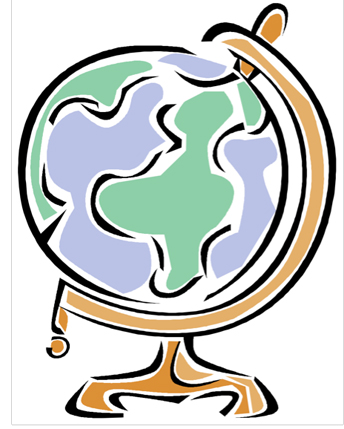Author: Toby Ord
ISBN No: 9780316484916
Review date: 25/04/2024
No of pages: 470
Publisher: Hachette
Publisher URL:
hachettebooks.com
Year of publication: 03/11/2021
Brief:
Since March 2020, many more of us are willing to think and read about ‘existential risk and the future of humanity’, to take the sub-title of a book written pre-covid by a philosopher, writes Mark Rowe.
Toby Ord opens with what might appear to be a paradox; humanity has ‘ever-increasing power’; ‘on average human life today is substantially better than at any previous time’ (page 17) and yet the book ponders ‘our time of perils’ (page 12), ‘this period of danger’ (page 241, in the final paragraph). There’s billions more of us, and (to take the chart on page 115) world population is due to rise much further, to 11 billion by the year 2100. People have long prophesised doom – that the planet would not be able to feed so many – and have been proved wrong. So far. The very title of the book and its opening chapter suggest that we are ‘standing at the precipice’. We face ‘anthropogenic risks’ – put another way, things that could wipe out humanity or drastically change life for the worse, such as nuclear weapons, climate change and ‘environmental damage’ (‘and there may be even greater risks to come’; page 119).
Of those three risks, we imagine that we know what they could mean – ‘nuclear winter’, and extreme global warming, but chillingly Ord adds that environmental damage’ may prove the greatest threat of the three, as we ‘are putting such pressure on the global environment that there may well be some as yet unknown consequence that would threaten our survival’ (page 119).
Risk and security management readers may want to skip straight to chapter five, on ‘future risks’, in the coming century; that is, what they may face in their working lifetimes. Part of the problem is that we cannot tell yet what technology may be at hand. Ord brings the philosopher’s discipline to bear. Yes, technology has brought progress; and yet Ord is ambivalent; in some cases, a risk caused by a piece of tech may outweigh the benefits of all the rest of tech put together. Especially if the tech – biowarfare, in a word, for example – is not controlled and is misused by states or terrorists (page 134).
Note that Ord thinks and writes so much in terms of risk. While his book is not informed by coronavirus, that makes the chapter on pandemics all the more impressive. He goes on to artificial intelligence (if it becomes too intelligent, might humanity lose control of it, and AI could control our destiny, in the same way that humanity controls the destiny of (say) blackbirds? Yes, humanity would survive, but we would have locked ourselves into a ‘deeply flawed or dystopian future’ (page 148). Ord goes on to ponder the possibilities of ‘an unrecoverable dystopia’, in a word, a Orwellian 1984 nightmare. Arguably most frightening of all is the final page of this chapter, titled unforeseen risks. Imagine if scientists of 1930 had tried to write a list of the existential risk of the next hundred years (that is, including what we now face). They would have missed most of them: “How much risk lies beyond the limits of our own vision?” (page 162)
We then enter part three, ‘the path forward’ and arguably the most intriguing part of the book for risk and security managers, for here Ord seeks to quantify the risks, or rather ‘the risk landscape’. He begins with the statement that ‘humanity faces a real and growing threat to its future’, and puts it into numbers – add pandemics (including ‘engineered ones’), out of control AI, and the unforeseen, and ‘total existential risk’ within the next 100 years is (roughly) one in six (page 167). As he adds, that’s a lot of risk – the roll of a die – and ‘if forced to guess’ he reckons that we have a one in two chance of avoiding catastrophe. And he then calls himself an optimist!? (page 170) because ‘what we do with our future is up to us’ (page 187); we have choices. We can choose to stop things, and govern ourselves in different ways.
The book does end indeed optimistically, having detailed some of the work of the University of Cambridge’s Centre for the Study of Existential Risk (CSER) and Ord’s own academic home, the Future of Humanity Institute at the University of Oxford (FHI). He ends with humanity’s potential, in terms of duration (civilisation has only just started), scale (so many stars, and galaxies!) and quality (humanity has made ‘tremendous progress on violence and disease, but there is still so much room for improvement’ (pages 235-6).
This important and stirring book ranges over history and geography, and the sciences, and has much to inform and inspire anyone who works in terms of risk. In the end, the book is a testament to philosophy, of years of reflection by a thinker, giving the rest of us a rod to hold on life’s path.
Further reading: tobyord.com, theprecipice.com.










